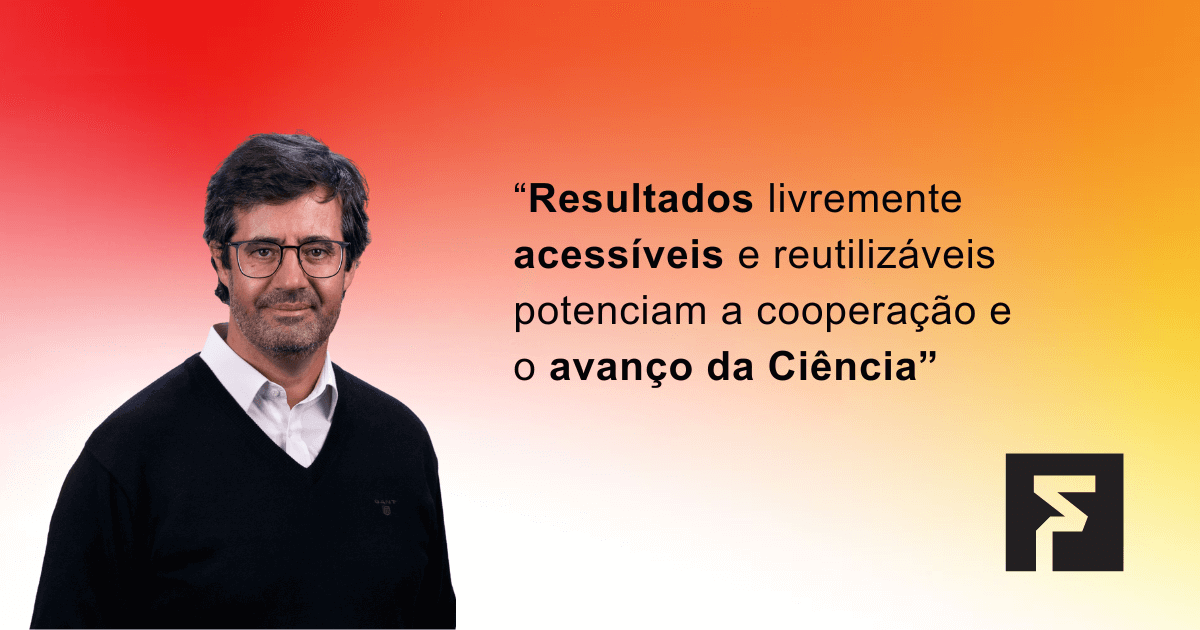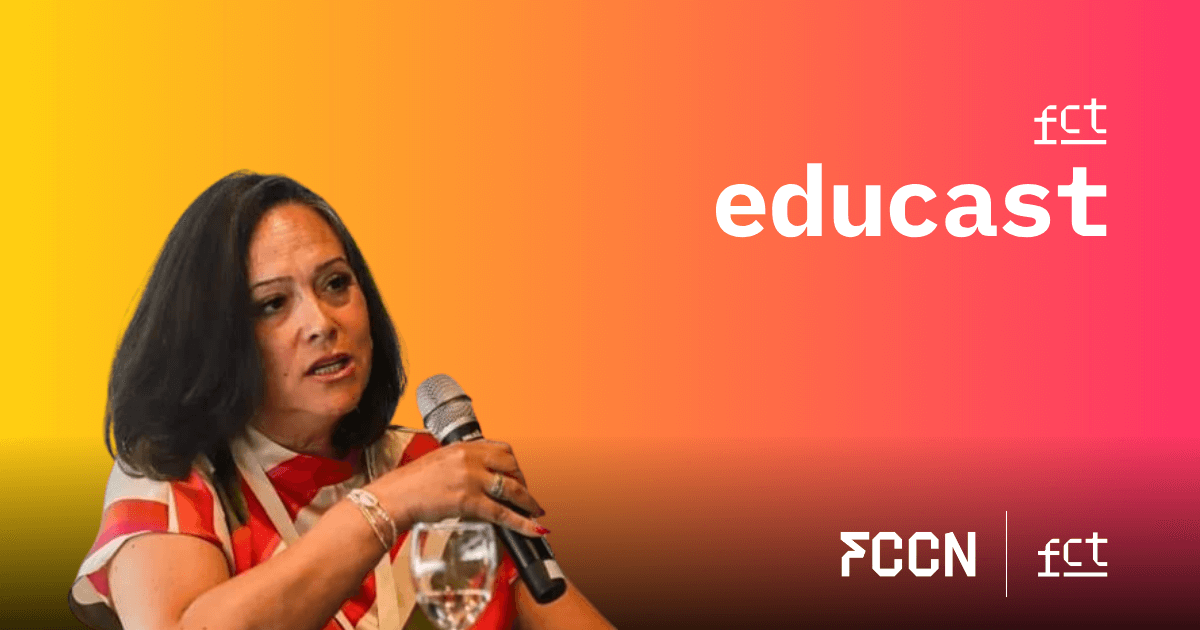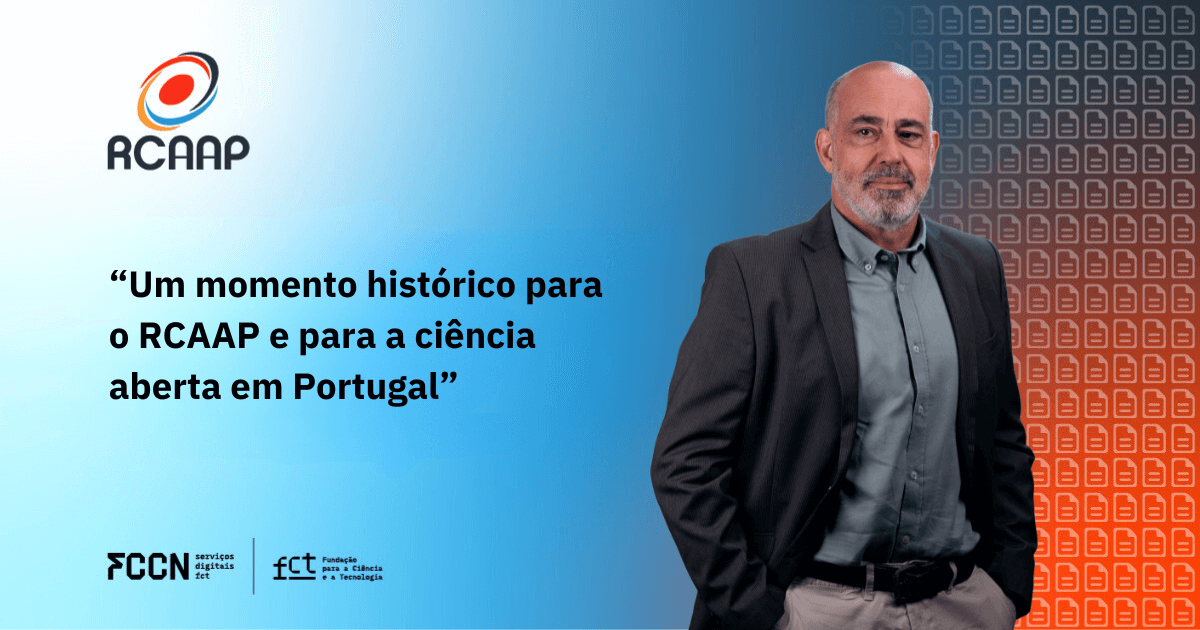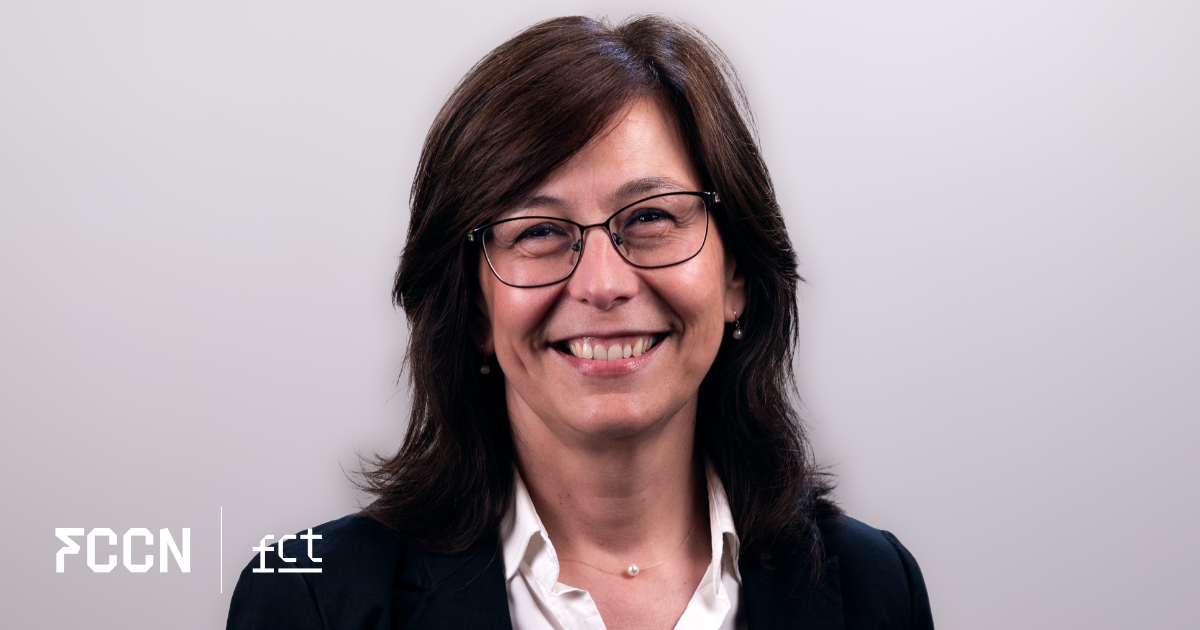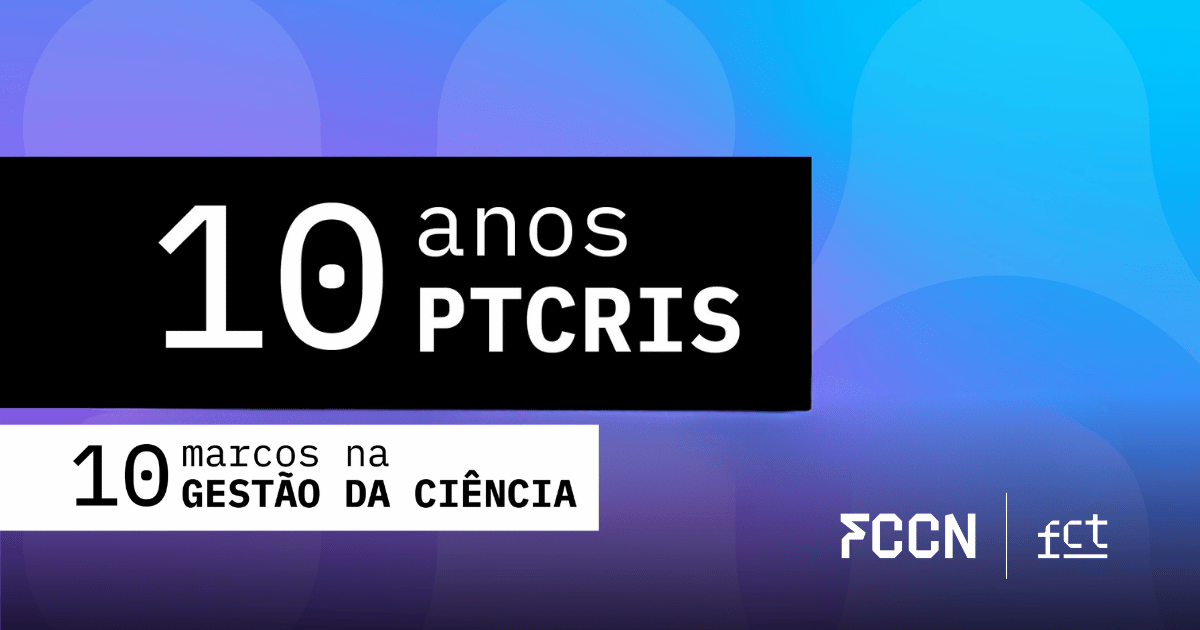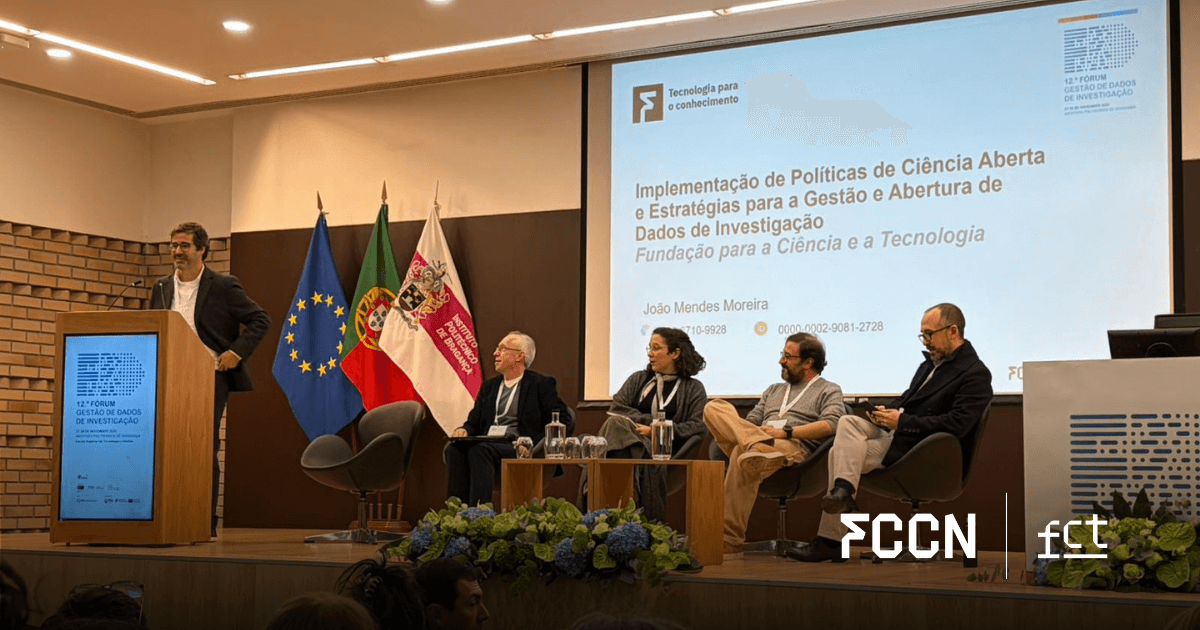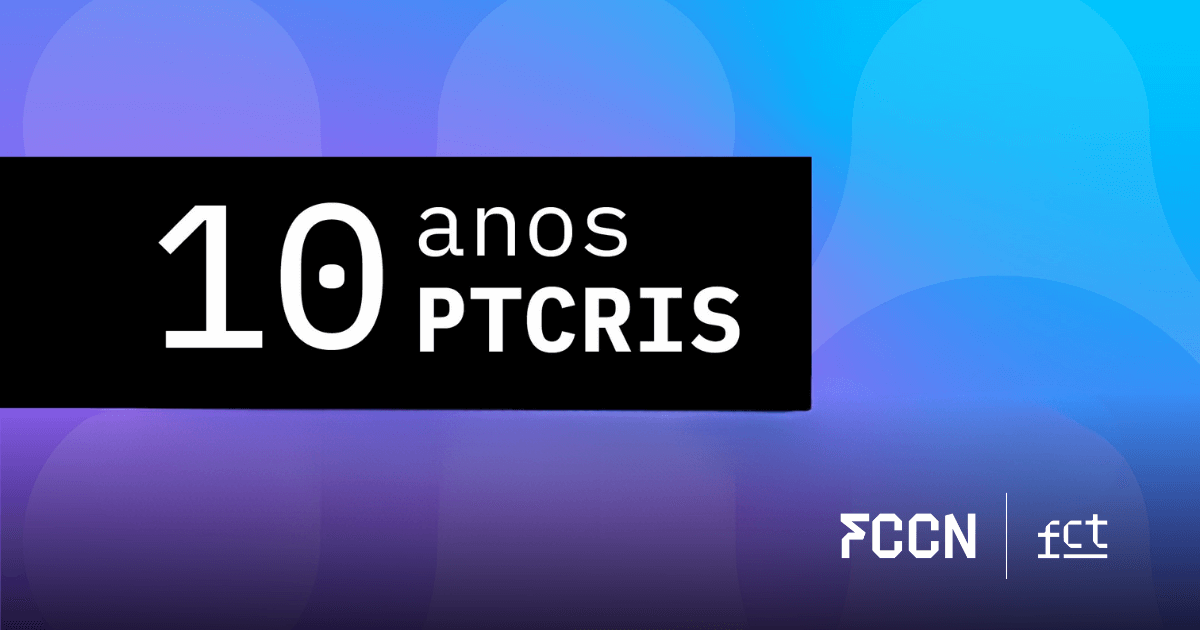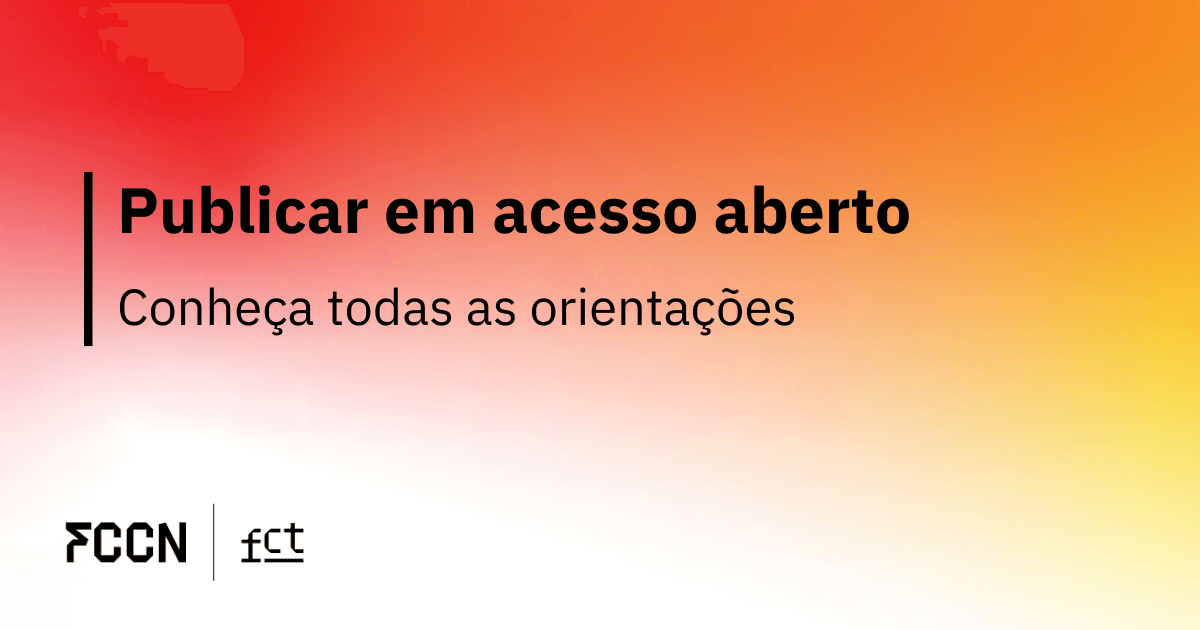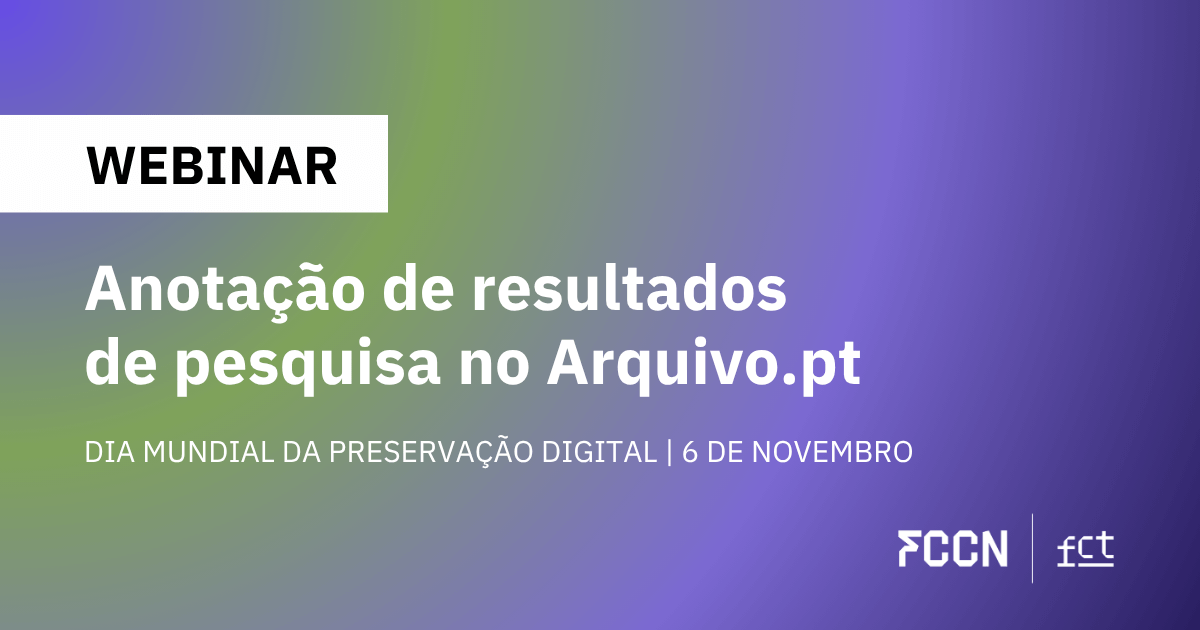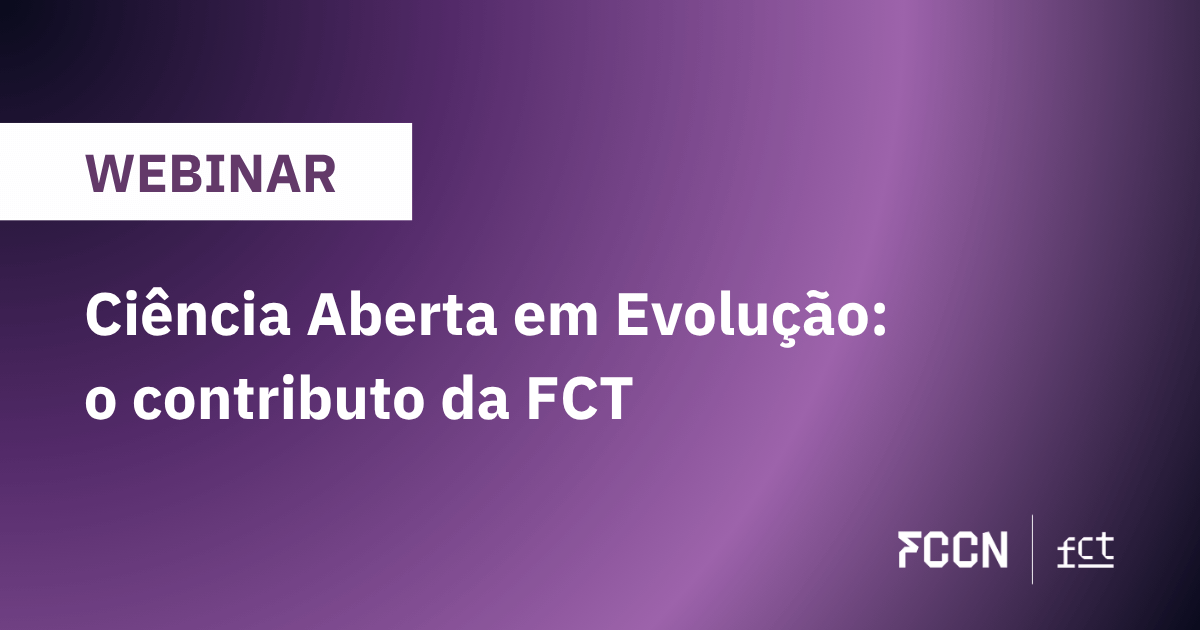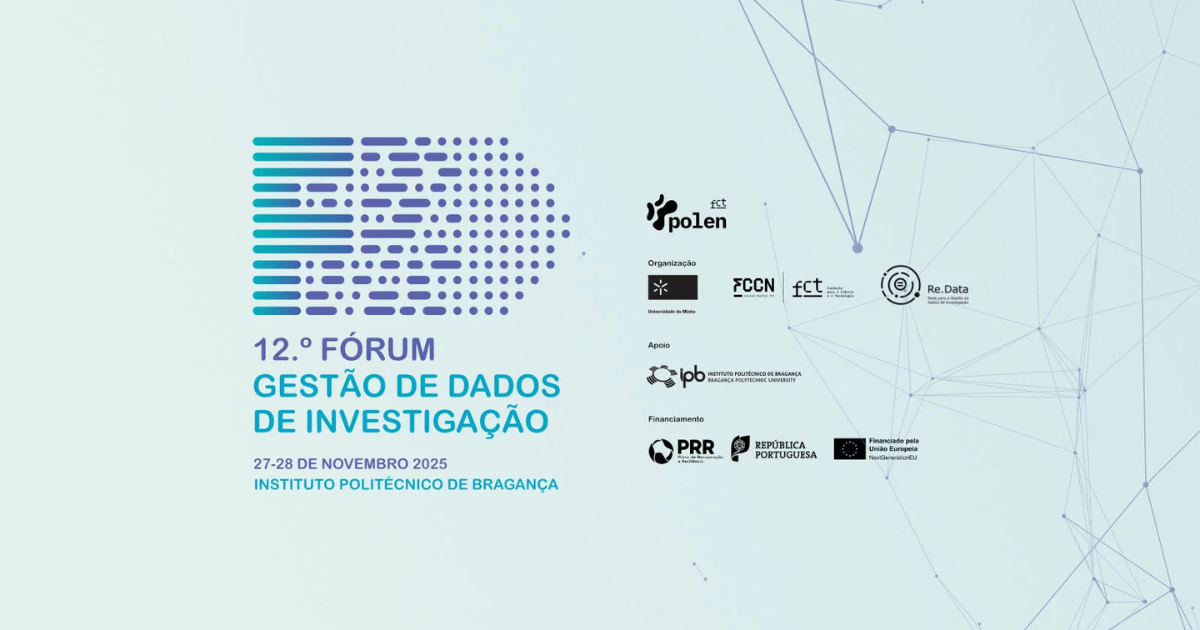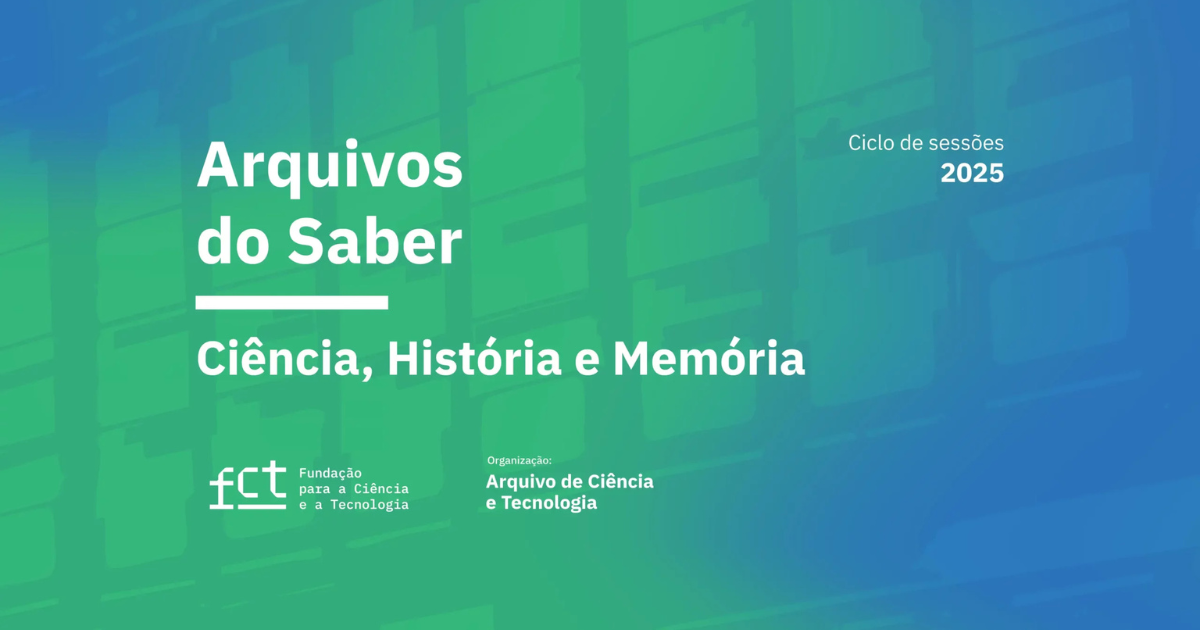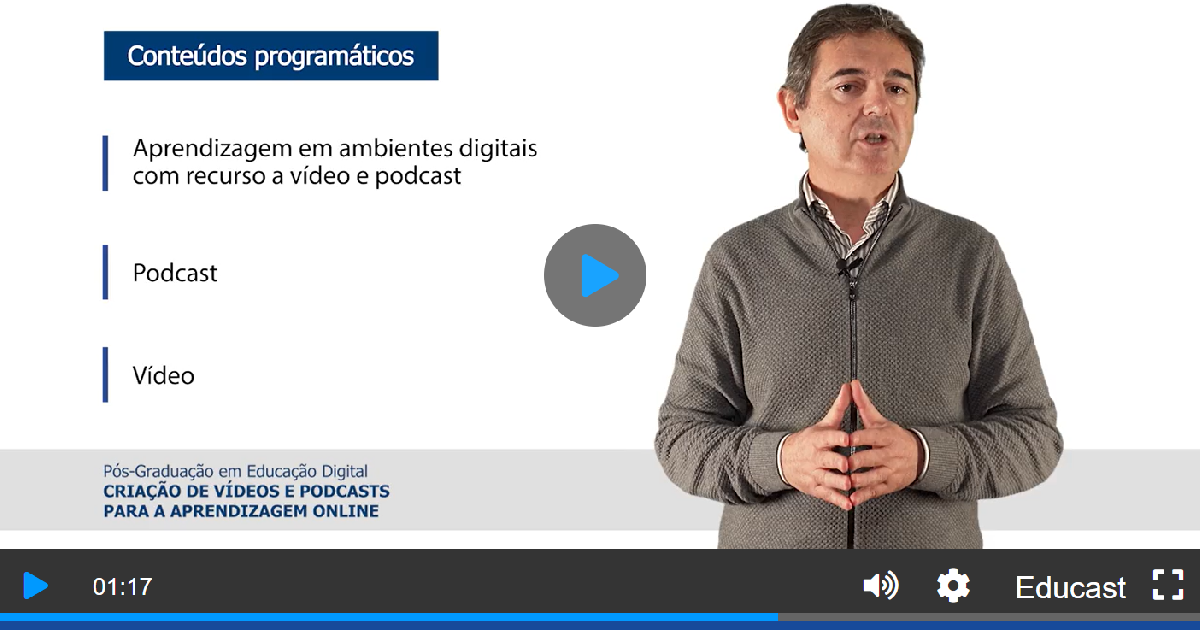
Vitor Manteigas, an adjunct professor at the Lisbon School of Health Technology (ESTeSL-IPL) and a member of the Polytechnic of Lisbon's Distance Learning Working Group (EaD@IPL), is our guest author to help us reflect on the importance of technology in education and current pedagogical models. He addresses the need to adapt education to societal and technological demands, taking into account the constant evolution of the teaching-learning process.
The author also discusses the importance of training education professionals in the appropriate use of technology, especially in higher education. This article offers important insights into the role of technology in education and its ability to enhance teaching in different contexts without dehumanizing the educational process.
Education and pedagogical practices have undergone significant changes in recent years, particularly due to the use of digital technologies. Therefore, the future of education began "yesterday."
While it is true that education must necessarily respond to societal needs, it is also true that this response necessarily implies an adaptation based on technology.
The question that remains, however, is whether technology tends to condition pedagogical models and practices or whether, on the other hand, it tends to enhance this adaptation, which is recognized as necessary and already underway. I confess to reviewing, in both cases, a current reality. Nevertheless, it is important to recognize that the greatest challenge is not so much, I would say, technological, but rather more social and cultural.
In the teaching-learning process, the traditional classroom setting is becoming a thing of the past, further fueled by the recent pandemic. Increasingly, "self-education" and distance learning processes, which no longer end at school age and tend to continue "throughout life," have been gaining ground over the traditional teaching that prevailed for years.
In this context, the need for multiple learning channels, capable of being used in different educational contexts, has forced (and continues to force!) solutions that also require greater interactivity, connectivity, mobility, ubiquity, and, consequently, globalization. On the other hand, it's important to recognize that technology alone is of little use if the strategy doesn't also include training education professionals in its use, a strategy that must be applied across all levels of education, from primary and secondary education to higher education.
In the particular case of higher education, a reality I'm experiencing from a different perspective, I recognize that there has been an effort to create and maintain infrastructure and services to meet previously identified needs. Technology tends to leverage "new" pedagogical models and teaching methodologies, thus fostering the adaptation that urgently needs to continue.
The use of video as a complement to the teaching-learning process is increasingly common and constitutes a powerful tool that is becoming widespread with the availability of multiple platforms that are increasingly less viewed and used as repositories. These platforms are increasingly powerful services for recording, editing, and naturally, publishing and disseminating content, whether with limited or open access. These are tools of growing importance, whose use is not limited to the context of formal education, but within it they play an increasingly distinctive role.
These platforms, of which the Educast from the FCCN (Scientific Computing Unit of the FCT – Foundation for Science and Technology), in addition to enabling the recording of classes, the editing of videos online and its publication, also allow its integration into LMS platforms – Learning Management System (Learning Management Systems), such as Moodle (Image 1).
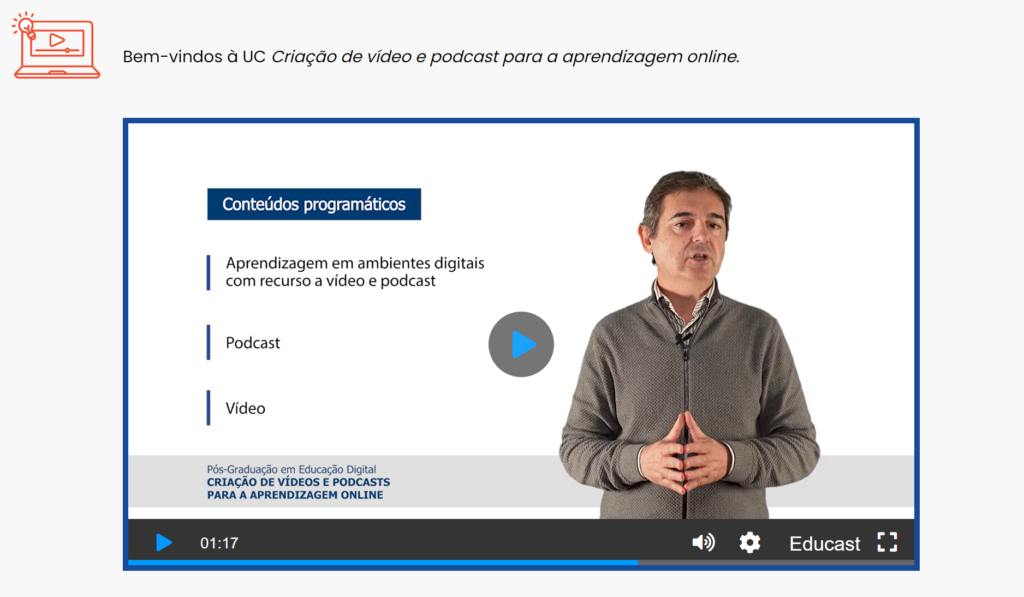
Image 1. Example of the use of FCCN's Educast service for distance learning. (image: Vitor Manteigas)
Today, educational institutions have access to technology that has erased institutional boundaries—boundaries embodied by the classroom walls. Today, the classroom is the living room, the public garden, the library, and the neighborhood café, where teachers must be motivated and empowered, continuing to be the ones who design the learning paths of this reinvented education.
We recognize that the future of education began "yesterday" and technology has been important, but as a reflection and final challenge, let's say it's important not to "dehumanize" teaching...
